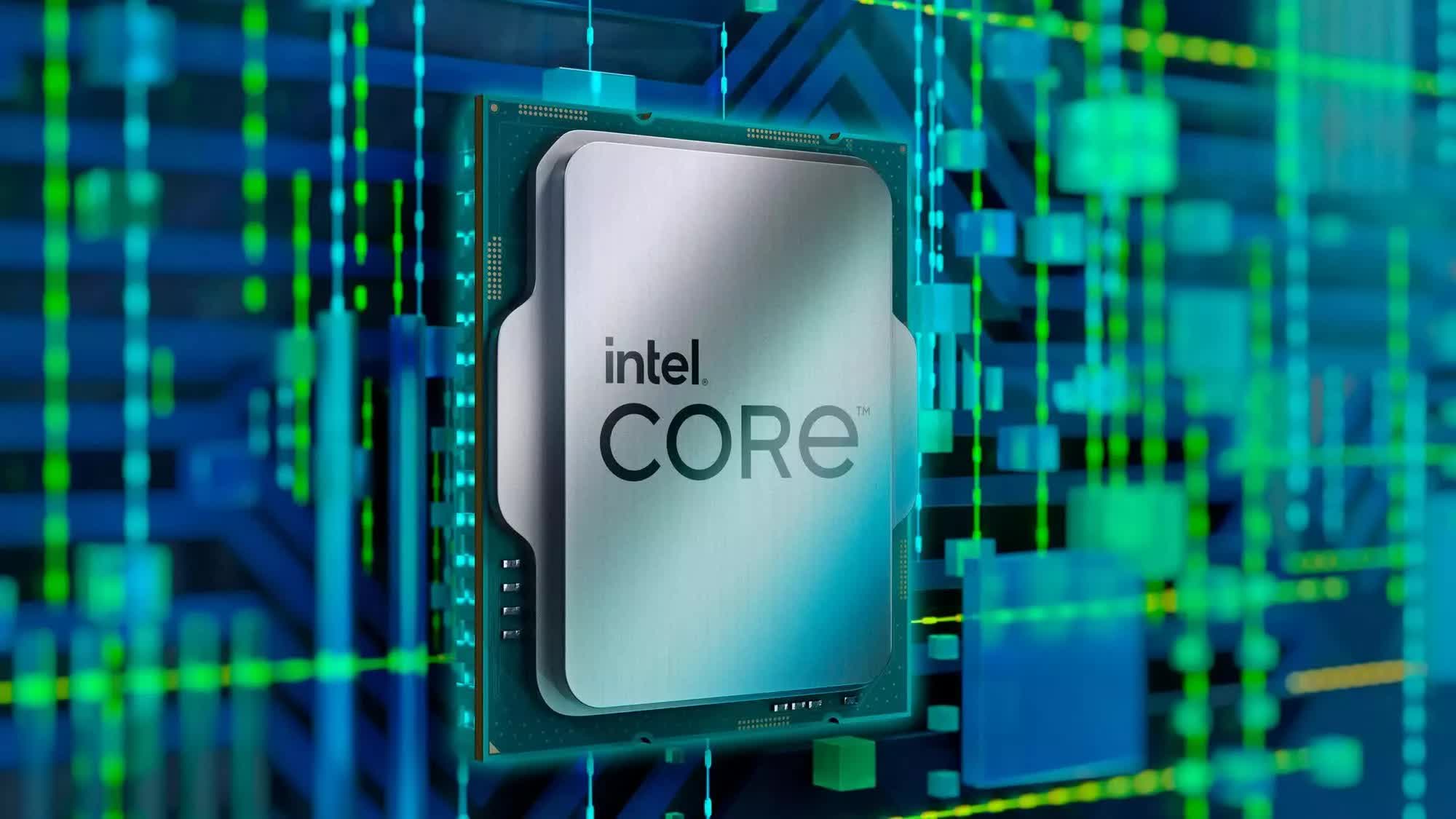In context: Chipzilla is hosting several events to highlight the new LGA-1851 socket and the 800-series chipsets to distributors and motherboard manufacturers in the lead-up to the Arrow Lake-S launch. A slide from one of those events has leaked, confirming some of the prevailing rumors about the upcoming platform.
The leaked image originated on the Chinese tech forum ChipHell before well-known tipster HXL posted it to X. The slide shows that 800-series motherboards will offer 32 PCIe lanes, including 16 dedicated PCIe Gen5 lanes for graphics and 4 Gen5 lanes for SSD storage. Users can also add another SSD to the setup using the slower PCIe Gen4 x 4 interface attached directly to the CPU. The new design ensures no Gen5 lanes are sacrificed for GPUs and storage.
The image also suggests that Arrow Lake will officially drop support for the older DDR4 memory standard, as the new platform is DDR5-only. So, those upgrading from older DDR4 setups will have to splurge on new memory modules. However, the monetary hit doesn't necessarily make it a deal-breaker for most gamers and DIY enthusiasts, thanks to the drastic reduction in DDR5 prices in recent months.

The image also shows that Arrow Lake supports USB 3.2 Gen 2x2 (20G), USB 3.2 Gen 2x1 (10G), and USB 3.2 Gen 1 (5G) connectivity but doesn't hint at the exact number of ports supported for each connection type. For reference, Z790 boards supported 5x USB 20G ports and 10x USB 10G and USB 5G connectors. Other connectivity features include Wi-Fi 7 and Intel 2.5Gb LAN. The leak also confirms rumors that Arrow Lake only supports Thunderbolt 4 and not the newer Thunderbolt 5 standard.
Intel expects to launch its 15th-gen Core Arrow Lake-S processors in the current quarter with several upgrades over its other predecessors. The most significant change is the new LGA 1851 socket, which marks Intel's first socket change since 2021, when it introduced LGA 1700 for the Alder Lake family. The new socket will retain the identical dimensions and cooler hole spacing as LGA 1700, making existing coolers compatible with the new setup.
